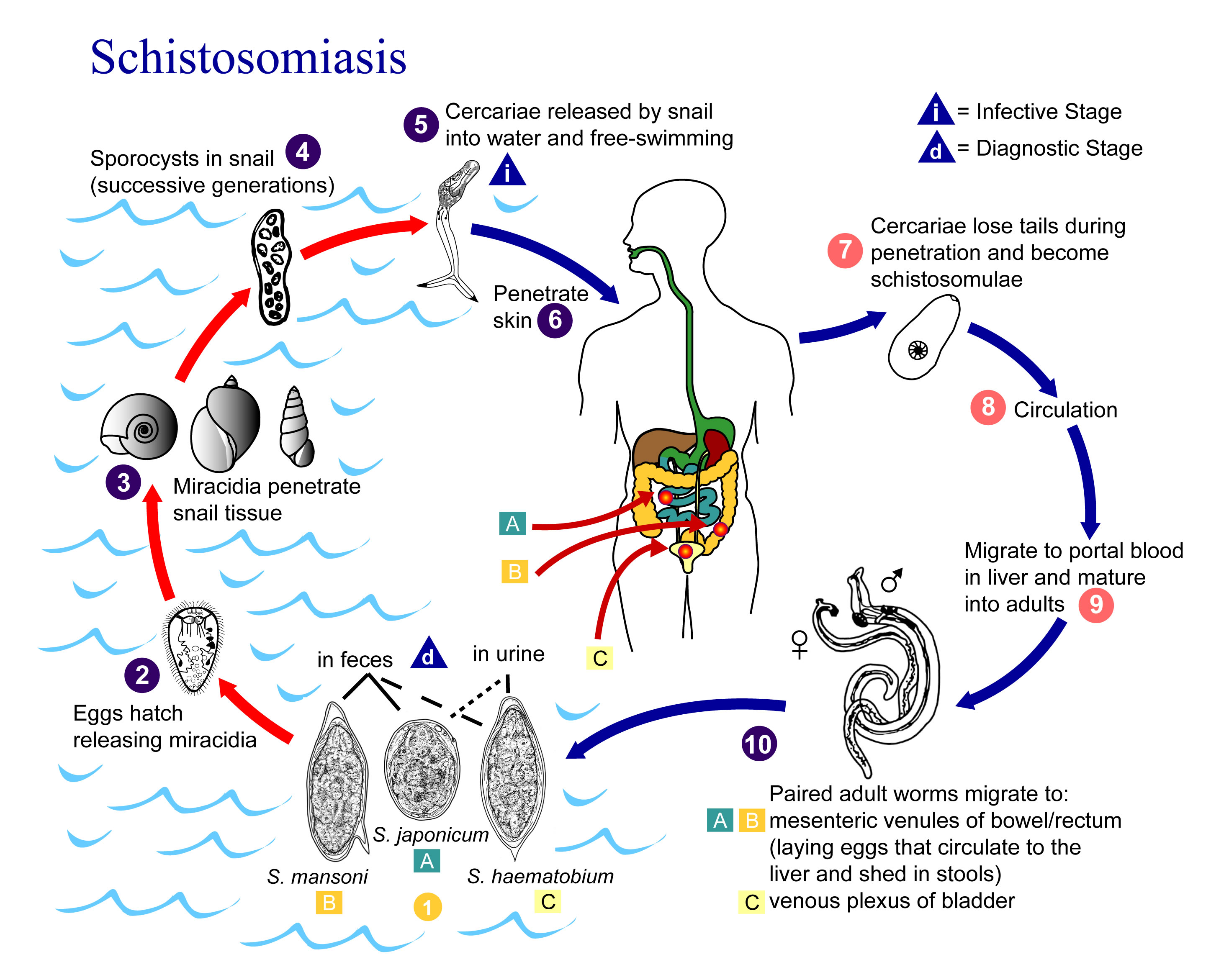Etiquette:
If you enter a group, it is important to take the time to
greet everyone, and say goodbye to everyone, individually.
Touching, especially between men and strangers, is more
common in Brazil than in America. People
may also stand closer to one another while speaking.
In Brazil, a 10% service charge is usually added to a check at a restaurant. It is not compulsory, but is usually paid. Additional tipping is not needed or expected. Tipping is also not expected in taxis.
Wiping your hands together means “it doesn’t matter.”
Don’t touch food with your hands (even things like bread and
fruit). Always use your fork and knife.
Tips:
At many restaurants, dishes are priced and portioned for
two, but you can either split it with someone, or often order a half-dish (meia-porção)
and pay 60-70% of the full price.
For lunch, many places offer comida por peso (food
by weight). You fill your plate from a large number of dishes, then they weigh
the plate and charge you.
Finding ATMs and withdrawing money can be especially
difficult in Brazil.
Many Brazilian nightclubs do not open until midnight… so be
ready for a late night.

